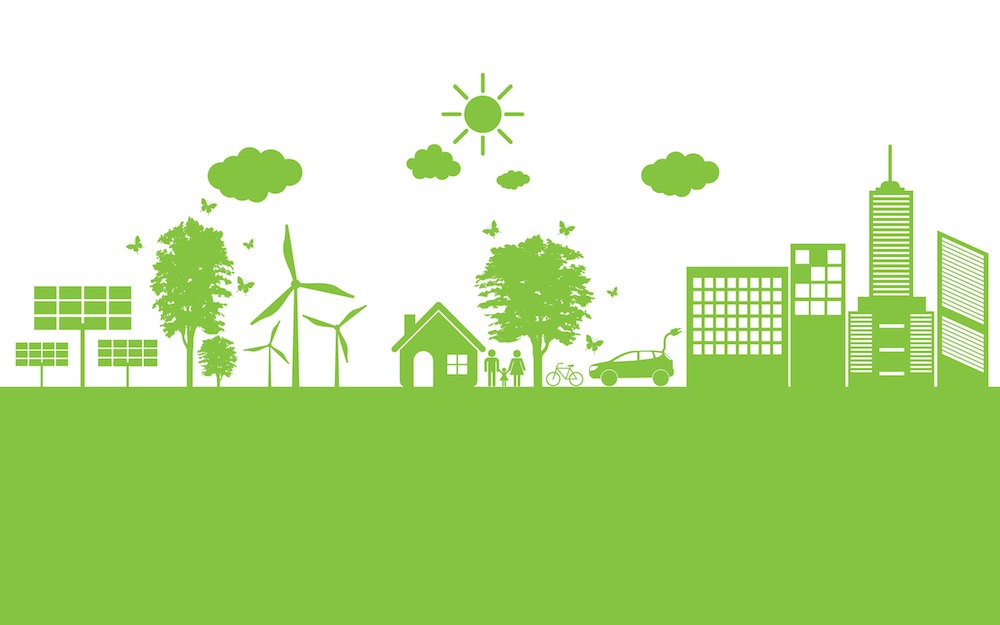Poorest and Driest Push for Change at COP21 in Paris
The climate is changing, and everyone but the most delusional and those with a particular political agenda accepts this as a fact. A warming planet will give rise not only to generally increased temperatures and higher sea levels, but a greater variation in local temperatures and more extreme weather. The race is on to limit warming to a manageable amount so that humanity does not face a catastrophic future, and the recent COP21 climate change conference in Paris has come away with an historic agreement to reduce carbon emissions and slow warming. But has it gone far enough?
A Heated Issue
The physics of climate change is deceptively simple. Sunlight falls on the earth and is partially absorbed by the ground, the ocean and the atmosphere, but a large proportion of it is reflected back into space. However, burning fossil fuels produces carbon dioxide (CO2), which rises through the atmosphere and acts as an insulator, trapping more heat on the planet and increasing global temperatures. Worse, as temperatures rise, high-albedo ice caps melt, causing more sunlight to be absorbed and increasing temperatures still further.
Those worst impacted by climate change are poor countries who are disproportionately affected by sea level rises directly caused by melting ice caps, and those developing countries whose economies are just beginning to rev up. The COP (Conference of Parties) of the UN Framework Convention on Climate Change is the supreme decision-making body, and is tasked with finding an agreement that can satisfy all parties. Leaders of 150 nations, along with 40,000 delegates from 195 countries, attended the recent summit in Paris in the hopes of hashing out a legally binding agreement to reduce greenhouse gas emissions meant to hold global average temperatures below a 2 degrees Celsius increase over preindustrial global temperatures.
Agreement Reached
Among many disagreements that had to be dealt with in the 48-page document are those pertaining to the responsibilities of rich and poor countries, as well as those somewhere in the middle. African Ministers for the Environment, for example, held a high-level meeting during the conference and pushed for a legally binding agreement, which did not end up being a factor in the final version. The deal was finally agreed on December 12, 2015, but will not go into force until 55 countries who produce at least 55% of the world’s greenhouse gas emissions ratify the agreement. It is not yet known which countries will ratify, though the agreement will open for signature in April 2016.
The agreement itself has three major aims:
• Holding the increase in global average temperature rises to well below 2 °C above preindustrial levels, and pursuing efforts to limit the temperature rise to 1.5 °C
• Increasing the ability to adapt to the adverse impacts of climate change and foster climate resilience and low greenhouse gas emissions development
• Making finance flows consistent with a pathway toward low greenhouse gas emissions and climate-resilient development
Countries also aim to reach a global emissions peak as soon as possible. Crucially, if the first aim is not met, then the second aim will become even more important.
Dealing With Change
So how will countries be able to reduce their emissions without impairing food production, while simultaneously armouring themselves against the effects of rising temperatures? There are various issues, and various methods. One result of rising temperatures is the expansion of so-called Hadley cells, which currently exist between 30 °N and 30 °S latitude, and are responsible for carrying heat and moisture from the tropics to the northern and southern mid-latitudes. Increasing their size means that deserts in the deep tropics will become drier and expand, and nations whose territory these deserts fall within will have to be watchful – just because the environment changes doesn't mean that cities are able to move, so municipalities will have to be vigilant stepping up water conservation programs, their water main monitoring and the detection of leaks in their pipelines.
Other methods will include carbon capture, in which the CO2 given off by the burning of fossil fuels can be captured and stored so that it does not escape into the environment. And financial methods include carbon taxes, where industries are punished for the amount of greenhouse gas emissions they give off. It is a huge challenge for humanity, and to achieve it the world may have to change beyond recognition, but the world’s nations are in agreement that it has to be done. It remains to be seen, however, how successful they will be.



0 Comments
Recommended Comments
There are no comments to display.